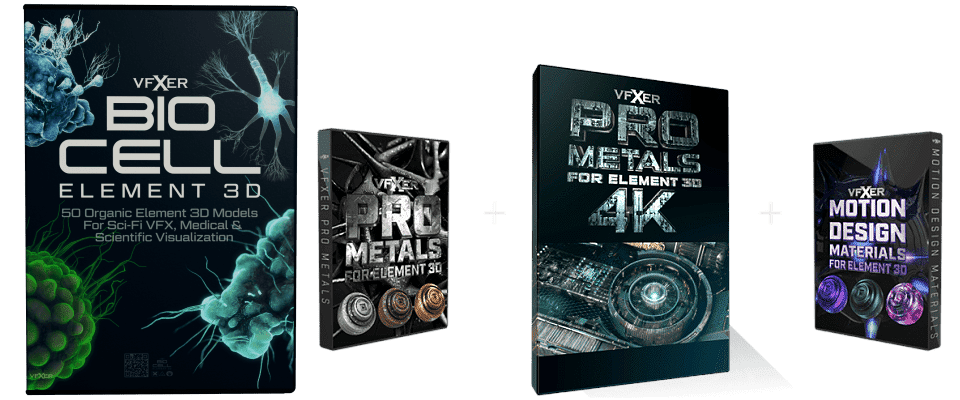How A Stunning CGI Short Film Was Created In 8 Days With AI
In the fast-paced world of VFX, technological advancements often shape the way artists create stunning visuals. Recently, a groundbreaking software program has emerged – Wonder Studio by Wonder Dynamics, promising to revolutionize the process of transforming actors into fantastical creatures with just a few clicks. In the video below, we delve into Peter from Corridor Digital‘s journey as he explores the capabilities of this remarkable tool and its potential to reshape the landscape of filmmaking.
Efficiency and Creative Possibilities:
Previously, creating CG characters involved a time-consuming process of recording performances, motion capture, animation, rendering, and compositing. However, this new tool simplifies the workflow by automating much of the process. With just a few clicks, actors can be turned into convincing aliens for example, eliminating the need for extensive post-production work.
Reflection on Past Experiences:
In the video Peter takes a moment to reflect on his past experiences in creating CG characters. He recalls a previous short film, “Scooty,” which took years to complete due to the labor-intensive nature of traditional VFX. The contrast between the time spent on “Scooty” and the speed at which the new tool accomplishes similar results is astounding. He can now achieve in an afternoon what once took them several days or even weeks.
Mixed Emotions:
While Peter is thrilled about the creative possibilities unlocked by the new tool, he also experiences a mix of emotions. He questions the value of his previous work, wondering if the extensive effort he invested in projects like “Scooty” were truly necessary. Despite these mixed feelings, Peter recognizes the potential for unbridled creativity that Wonder Studio offers.
Setting Ambitious Goals:
With newfound excitement and a desire to push the boundaries of what is possible, Peter sets out to make a short film featuring CG characters using the new tool. He ambitiously aims to complete the project within a week, a timeline that was unimaginable before the advent of this efficient software. The prospect of delivering a high-quality finished product in such a short timeframe is both thrilling and daunting.
The Journey Begins:
As Peter dives into the project, he outlines the process involved. Capturing the actors’ performances for integration into a CGI environment becomes a pivotal step. He discusses visual mocap and its flexibility in post-production, where he can refine and enhance performances to bring his vision to life. However, he acknowledges the uncertainties associated with untested setups and potential limitations of the software, underscoring the need for adaptability throughout the journey.
The Process of Creating Custom CGI Characters:
To add a unique touch to the project, Peter decides to create a custom alien character instead of using the pre-provided options from the software.
1. Character Design: Peter starts by designing the characters for the project. He utilises pre-existing models for certain elements, such as a space suit, but opts to create unique heads for the characters. Using sculpting tools, he refines the initial design until it matches what he had in mind.
2. Character Variation: Peter wants to incorporate multiple characters into the project. However, considering the amount of work involved in creating unique characters, he explores the capabilities of Wonder Studio and is pleased to find it can streamline the process and allow for variations within the characters.
3. Facial Tracking and Animation: Peter delves into the facial tracking and animation features of the software. He discovers that the tool employs Blender’s blend shapes to animate the characters’ faces based on different emotional expressions. While creating these blend shapes required some effort, Peter saved time by just focusing on capturing the essential emotional beats of the characters.
4. Additional VFX Work: Alongside the character transformations, Peter incorporates additional visual effects shots into the project. This includes scenes such as a car smashing and a CGI spaceship. He explains the process of sourcing assets, conducting simulations, and rendering the final shots.
Conclusion:
Peter’s journey of creating a CGI short film in an insane 8 days demonstrates the transformative potential of AI technology in the world of VFX. As the boundaries of what is possible continue to expand, I think as VFX artists we need to see the new opportunities that have now opened up for us and move forward with excitement rather than dread?


